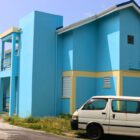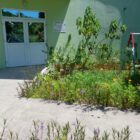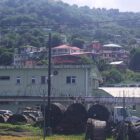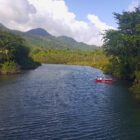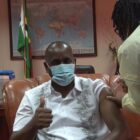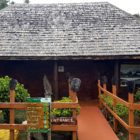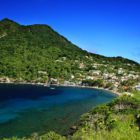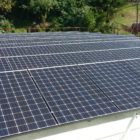Climate
The Impact Of Climate Change On The Disabled Communities’ Health In Dominica
|
Globally, about 1.3 billion people are living with disabilities. According to the World Health Organisation (WHO), this represents 16% of the world’s population, or 1 in 6 of us.
In many countries, people with disabilities (PWDs) are mainly seen as members of a vulnerable community, and their skills or abilities are often sidelined or overlooked by the wider society.
On the Caribbean island of Dominica, the same is true. Although some NGOs and human rights advocates continue to raise awareness regarding the plight and achievement of people with disabilities, civil society and the central government are not doing enough to bolster the community toward sustainability and inclusion. CIJN has identified some of the main challenges affecting the disabled community in Dominica. It is clear that after the passage of Tropical Storm Erika in 2015 & Hurricane Maria in 2017, people with disabilities were exposed to more significant risks of noncommunicable diseases, severe physical injury, anxiety disorders, amplified respiratory conditions, infectious diseases, lack of access to medical care and medication and in some cases, even malnutrition.

